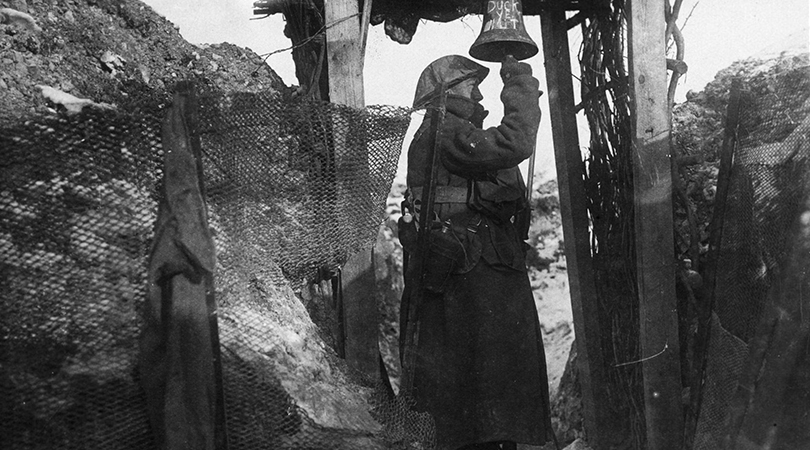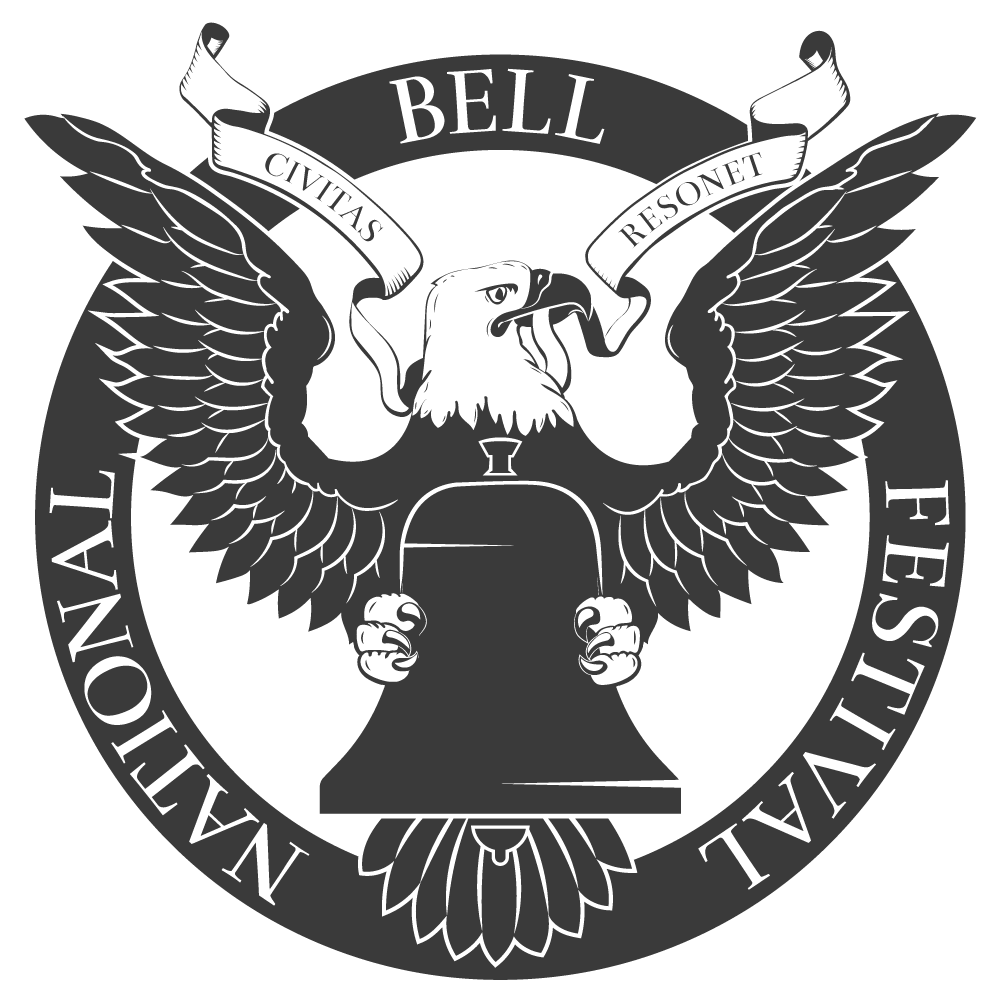Wilfred Owen’s “Anthem for Doomed Youth” (1917) is one of the most haunting poems to emerge from World War I, capturing both the brutality of the battlefield and the sorrow of those left behind. Written as an elegy for the fallen in the form of a sonnet (a structure most traditionally associated with themes of love, beauty, and devotion), the poem contrasts the mechanical violence of modern warfare with the rituals of traditional funeral rites.
Instead of church bells, choirs, or prayers, the young soldiers who die in war are given only the sounds of “the monstrous anger of the guns.” By using religious and ceremonial imagery and then replacing it with the harsh, impersonal noise of war, Owen emphasizes the dehumanizing nature of combat and the loss of dignity in these young men’s deaths.
As a soldier who was deeply affected by the suffering and death around him, Owen penned the poem during his recovery from shell shock at Craiglockhart Hospital in Edinburgh, Scotland. There he met fellow poet Siegfried Sassoon, who encouraged Owen to strip away romantic or patriotic illusions about war and to write with directness and truth. The result? Vivid sensory imagery, bitter irony, and compassion for the soldiers who, instead of noble remembrance, are given only a morbid sendoff in the senseless slaughter of war.
Owen returned to active service in late summer 1918 and was killed while attempting to cross the Sambre-Oise Canal at Ors with the 2nd Battalion, Manchester Regiment – one week before the Armistice.

Image: Portrait photograph of Wilfred Owen (1893-1918). Courtesy: Imperial War Museums.
"Anthem for Doomed Youth"
Wilfred Owen
What passing-bells for these who die as cattle?
— Only the monstrous anger of the guns.
Only the stuttering rifles' rapid rattle
Can patter out their hasty orisons.
No mockeries now for them; no prayers nor bells;
Nor any voice of mourning save the choirs,—
The shrill, demented choirs of wailing shells;
And bugles calling for them from sad shires.
What candles may be held to speed them all?
Not in the hands of boys, but in their eyes
Shall shine the holy glimmers of goodbyes.
The pallor of girls' brows shall be their pall;
Their flowers the tenderness of patient minds,
And each slow dusk a drawing-down of blinds.
Cover image: A gas bell trench alarm post at Beaumont-Hamel in Dec. 1916, with a sentry of the South African Contingent pulling the clapper to give warning. The bell bears a handwritten message in chalk: 'Duck ye nut'.

